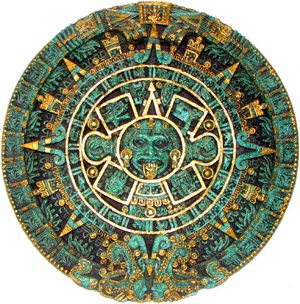It was in existence for over 2,000 years, closing down very recently, in 2001.
But first, a few words about Almadén. It´s a charming town, small enough so that not only is there no airport but the train doesn´t even stop there. Instead, it stops at a station between Almadén and another town, called Alamadenejos.
 |
| Looking out from the train station. |
Obviously, since the mercury mine was in operation for over 2,000 years, someone has lived in the area for over 2,000 years. There´s not much left of earlier peoples (although a nearby city, Merida, has impressive Roman ruins as well as evidence of the Visigoths and others) but it does have a tiny, former Moorish outpost as well as a nice medieval Spanish church and things of that sort.
 |
| Former Moorish outpost. There´s a stork´s nest on the top. |
The mines, themselves, first came into their own during the Roman period. Before that, mining was done mostly on the surface but the Romans started digging shafts into the stone.
Mercury has been used for centuries to separate silver from the ore in which it is found, allowing the silver to be purified, but the Romans didn´t know that use and didn´t use it for that purpose. Instead, they used it as a coloring agent. The red color of many of the frescoes in places like Pompeii is in fact ground-up mercury.
 |
| Cart with unrefined mercury ore. |
In the old days, mining was all done by hand, with picks and hammers. Miners were lowered into the chambers by hanging onto the same leather pouches that were used to bring the ore up from the bottom. It was extremely dangerous work.
 |
| Leather pouches like these lowered miners into the shafts and also brought up the ore. |
In modern times, enough was known to allow the mining company to take preventative measures against these disorders. Serious problems became rare and were immediately treated.
NEXT EPISODE will appear on Sept. 13.
_______________________
We are working on a documentary (Flamenco: la tierra está viva (Flamenco: the Land Is Still Fertile) in which we plan to film a scene down in these mines. Keep up with our progress by going to this LINK.


